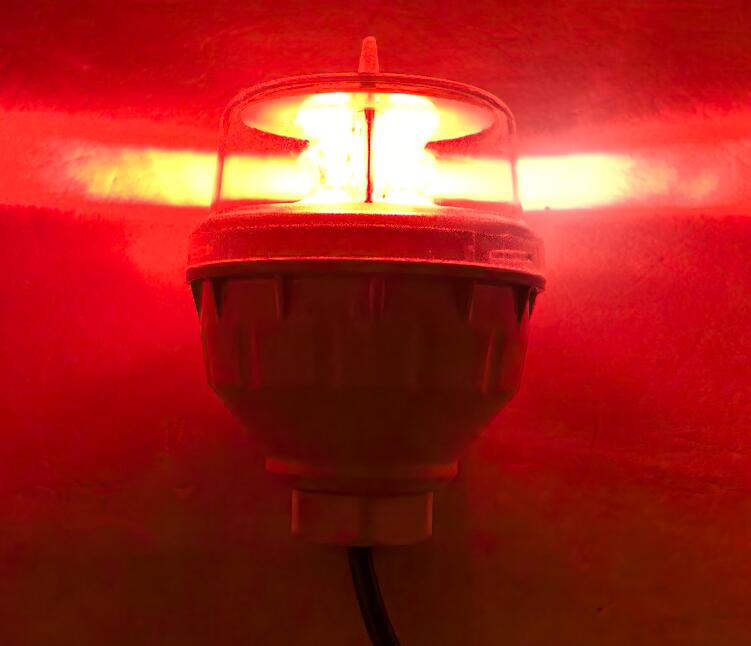Aviation safety is a critical concern in modern air travel, and one of the key components ensuring safe navigation is the use of low intensity obstacle lights. These lights are designed to mark obstructions such as towers, buildings, and other structures that could pose a hazard to aircraft, particularly during nighttime or low-visibility conditions. Unlike high-intensity lighting, low intensity obstacle lights provide a subtle yet effective way to alert pilots without causing excessive glare or light pollution.
This article explores the importance, applications, and technological advancements of low intensity obstacle lights, highlighting their role in maintaining airspace safety.

The Role of Low Intensity Obstacle Lights in Aviation
Low intensity obstacle lights are primarily used to mark structures that are less than 150 meters in height or located in areas with minimal air traffic. Their purpose is to ensure that pilots can easily identify potential hazards without being overwhelmed by bright lights that could impair visibility.
low intensity obstacle light
|
Key applications include:
Telecommunication Towers – Many cell towers and broadcast antennas are equipped with low intensity obstacle lights to comply with aviation regulations.
Wind Turbines – As wind farms expand, these lights help prevent collisions with turbine blades.
Buildings and Cranes – Temporary or permanent structures in urban areas use these lights to enhance safety for low-flying aircraft, such as helicopters.
Advantages of Low Intensity Obstacle Lights
Compared to high-intensity lighting systems, low intensity obstacle lights offer several benefits:
Reduced Light Pollution – Excessive brightness can disrupt wildlife and nearby communities. Low intensity obstacle lights provide sufficient visibility without contributing to light pollution.
Energy Efficiency – These lights consume less power, making them a sustainable choice for long-term use.
Compliance with Regulations – Aviation authorities, such as the FAA and ICAO, mandate specific lighting requirements based on obstacle height and location. Low intensity obstacle lights meet these standards effectively.
Lower Maintenance Costs – With fewer power demands and durable designs, these lights require minimal upkeep.
Technological Innovations in Low Intensity Obstacle Lights
Recent advancements have improved the performance and reliability of low intensity obstacle lights:
LED Technology – Modern lights use energy-efficient LEDs, which offer longer lifespans and better visibility.
Solar-Powered Options – Some models integrate solar panels, eliminating the need for external power sources in remote locations.
Smart Lighting Systems – Automated controls adjust brightness based on ambient light conditions, further optimizing energy use.
Regulatory Standards and Compliance
Different countries have specific guidelines for low intensity obstacle lights. For instance:
FAA (Federal Aviation Administration) – Requires red or white lights for structures under 150 meters.
ICAO (International Civil Aviation Organization) – Sets global standards, ensuring consistency in obstacle lighting.
EASA (European Union Aviation Safety Agency) – Regulates lighting intensity and placement across Europe.
Compliance with these standards ensures that low intensity obstacle lights function effectively without interfering with air traffic operations.
Future Trends in Obstacle Lighting
As urbanization and air traffic increase, the demand for efficient low intensity obstacle lights will grow. Future developments may include:
Enhanced Durability – Weather-resistant designs for extreme environments.
Integration with IoT – Remote monitoring and automated fault detection.
Improved Aesthetics – Sleeker designs that blend with architectural structures.
Low intensity obstacle lights play a crucial role in aviation safety by marking potential hazards without disrupting the surrounding environment. Their energy efficiency, compliance with regulations, and technological advancements make them an essential component in modern airspace management. As technology evolves, these lights will continue to enhance safety while adapting to new challenges in aviation and infrastructure development.

